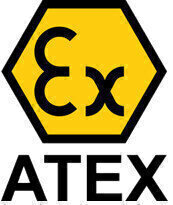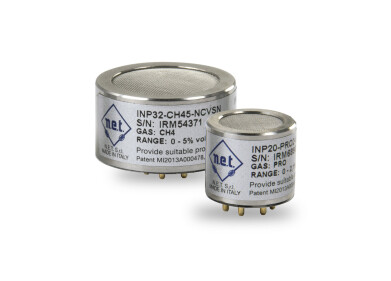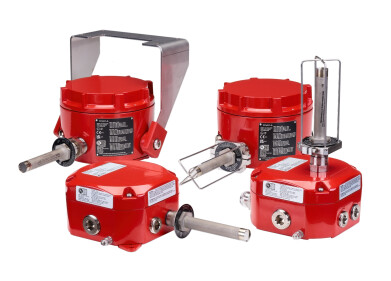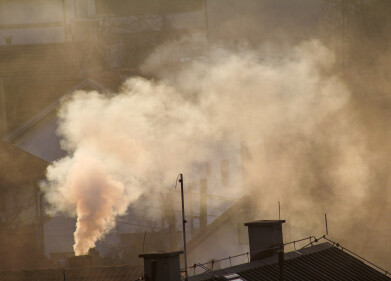Safety
What is the ATEX Directive?
Mar 16 2015
The ATEX directive is a piece of legislation passed by the EU which regulates the equipment and protective systems in place in environments which are deemed to be potentially explosive. It takes its name from the French title of the 1994 directive, Appareils destinés à être utilisés en Atmosphères Explosives.
The directive is actually divided into two branches: one which applies to the manufacturer or the equipment involved, and another which applies to the users and the workplace environment in which the equipment is employed. The current directive for the workplace/users is known as the ATEX 137 directive 99/92/EC, while the equipment/manufacturer directive is called the ATEX 95 directive 94/9/EC. However, this last directive is due to be replaced imminently on April 19th by an updated version, called 2014/34/EU.
The New Directive
The new legislation has been designed to unify many different amendments to the law which have come in over the years and which have left the requirements facing manufacturing firms somewhat unclear. The reason for this is the differing terminology, phrasing and sometimes requirements demanded by the differing directives. This article, ATEX and IECEx - The Latest Developments from Europe and in International Certification, discusses these issues further, paying particular attention to how the new directive relates to the IEC System for Certification to Standards Relating to Equipment for Use in Explosive Atmospheres.
In full, the 2014/34/EU directive will look to unify 10 separate pieces of legislature which concern the following areas:
- Equipment Use in Potentially Explosive Areas (ATEX)
- Measuring Instruments
- Electromagnetic Compatibility (EMC)
- Lifts
- Pressurised Equipment
- Civil Explosives
- Low Voltage (LVD)
- Simple Pressure Vessels
- Pyrotechnic Articles
- Non-automatic weighing instruments
Who is Responsible for Implementing the Directive?
First and foremost, it will be the responsibility of all EU member states to individually insert the changes brought about by this directive into their respective legislation. Each national authority will be accountable for ensuring this happens and this is the first step in the process.
Thereafter, each manufacturer must ensure that they comply with the updated legislation of their country to make sure that they measure up to the rigorous standards imposed by the new directive. For any manufacturers who are unsure of any of the demands or who have questions or queries, they are urged to consider the relevant guidelines published by the EU.
The most up-to-date set of guidelines pertaining to the ATEX directive are those put in place at the application of the 94/9/EC Directive. These were updated in December 2013 and remain the recommended reading until a new set is published for the new directive, which is expected to happen in the near future. If they are still in the dark as to how to proceed after consulting the guidelines, it is recommended that the manufacturer contact the relevant national authority, which can be found here.
Digital Edition
PIN 25.6 Buyers' Guide
January 2025
Buyers' Guide Directory - Product Listings by Category - Suppliers Listings (A-Z) Articles Analytical Instrumentation - ASTM D7042: The Quantum Leap in Viscosity Testing Technology -...
View all digital editions
Events
SPE Hydraulic Fracturing Technology Conference and Exhibition
Feb 04 2025 The Woodlands, TX, USA
Feb 05 2025 Guangzhou, China
Trinidad and Tobago Energy Conference 2025
Feb 10 2025 Point Lisas, Trinidad
Feb 11 2025 Lagos, Nigeria
Feb 13 2025 Manama, Bahrain



















